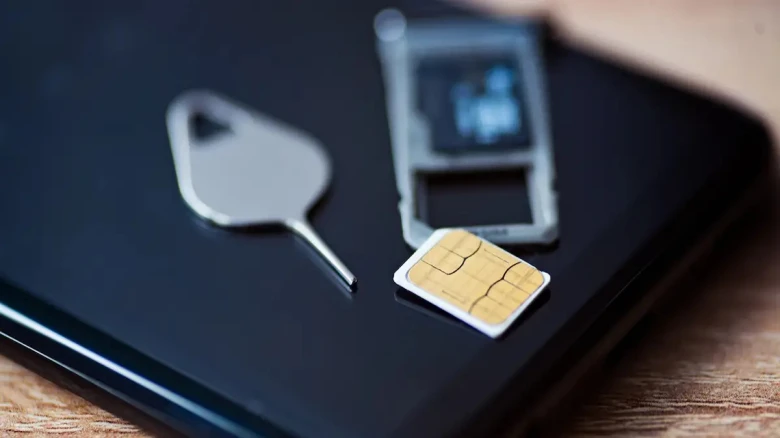TRAI aims to enhance user convenience while maintaining robust security measures to prevent fraud...
Digital Desk: The Telecom Regulatory Authority of India (TRAI) announced on Friday that a seven-day waiting period will be applicable from July 1 for an already swapped or replaced SIM card to be eligible for porting, reducing the previous 10-day period. This adjustment aims to minimize user inconvenience due to the waiting period.
The waiting period for mobile number porting is crucial to mitigate SIM swap scams. Previously, this period was 10 days but has now been shortened to seven.
In a SIM swap scam, fraudsters initially obtain the victim's personal details through phishing—sending emails or messages laced with malware or posing as legitimate companies or banks to extract personal information. Using these details, they approach the mobile operator, pretending to be the victim, and present forged documents to report a fake mobile phone theft. The operator then issues a duplicate SIM card and ports the number to it. This allows fraudsters to receive OTPs linked to the victim's bank accounts and steal money.
The new rules are encapsulated in the Telecommunication Mobile Number Portability (Ninth Amendment) Regulations, 2024, issued by TRAI on March 14, 2024. This amendment follows eight previous adjustments to these regulations.
“These amendment regulations are aimed at curbing the porting of mobile numbers by way of fraudulent SIM swap/replacement by unscrupulous elements,” TRAI stated. To prevent fraudulent porting after a SIM swap or replacement, the wait period should balance the objective of curbing fraudulent activities and minimizing inconvenience for subscribers, PTI reported, quoting TRAI.
By reducing the waiting period from 10 to seven days, TRAI aims to enhance user convenience while maintaining robust security measures to prevent fraud. This move reflects an ongoing effort to protect consumers while adapting to the evolving telecommunications landscape.

Leave A Comment